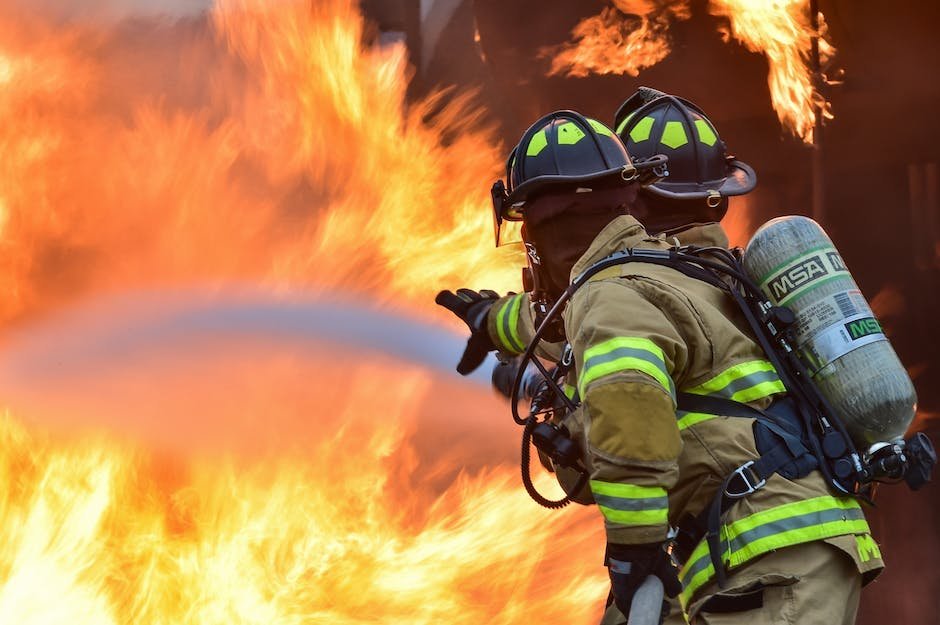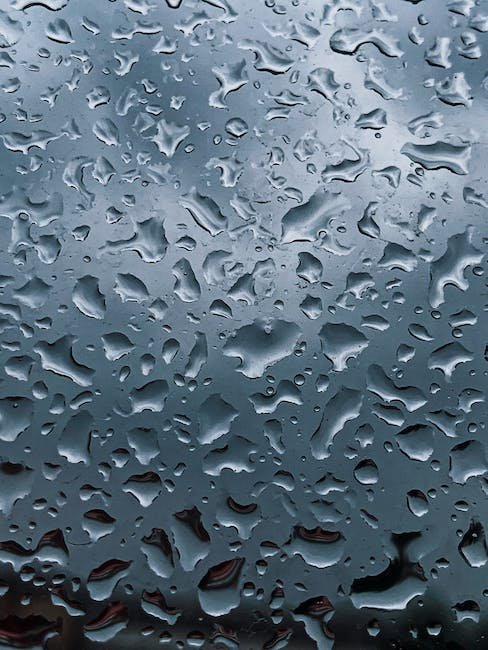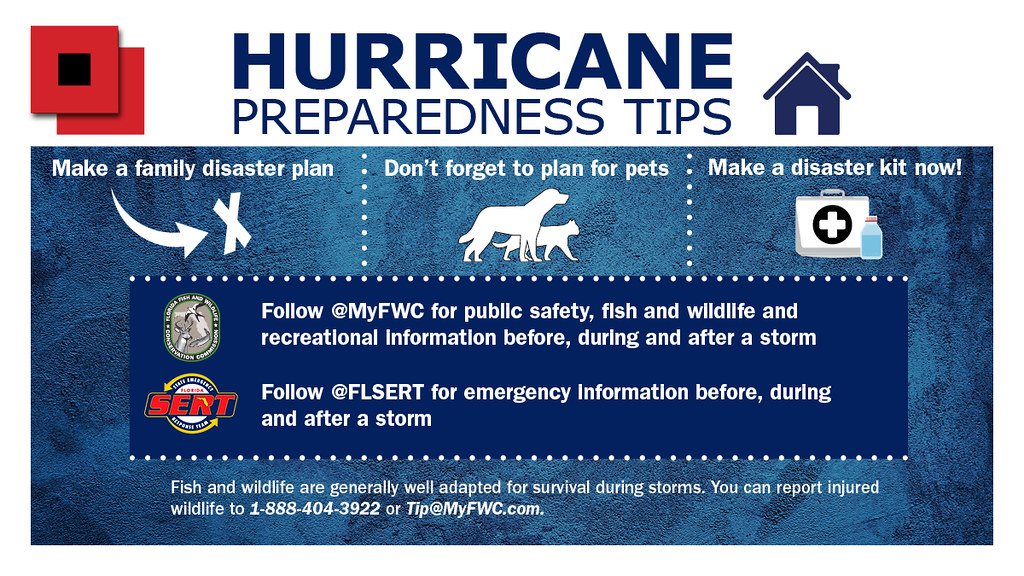Now Reading: Emergency Water Storage: What You Need to Know
-
01
Emergency Water Storage: What You Need to Know

Emergency Water Storage: What You Need to Know
When it comes to emergency preparedness, there is one essential resource that often goes unnoticed amidst the frenzy of stockpiling supplies: water. The importance of having a reliable and efficient water storage system cannot be overstated, as access to safe drinking water becomes a critical concern during any crisis. Whether it’s a natural disaster, a power outage, or even a temporary interruption in the water supply, being equipped with the necessary knowledge and tools to store water for an extended period can make all the difference in ensuring the well-being and survival of you and your loved ones. In this article, we delve into the ins and outs of emergency water storage, exploring the various methods, containers, and precautions to consider, so you can be fully prepared when faced with unforeseen circumstances.
Table of Contents
- Planning for Emergency Water Storage
- Understanding the Importance of Water in Emergency Situations
- Essential Guidelines for Storing Emergency Water
- Choosing the Right Containers for Water Storage
- Tips for Maintaining and Rotating Emergency Water Supply
- Q&A
- In Retrospect

Planning for Emergency Water Storage
In uncertain times, being prepared for emergencies is essential. One crucial aspect of emergency preparedness is ensuring an adequate water supply. should be a top priority for every individual and household. Here are some tips and guidelines to help you prepare:
- Assess your needs: Take into account how many people will be relying on the water supply and estimate the amount needed for drinking, cooking, and sanitation purposes.
- Select suitable containers: Choose water storage containers that are safe for storing water long-term. Look for containers that are made specifically for water storage, such as food-grade plastic containers or water storage barrels. Avoid containers that may leach harmful chemicals into the water.
- Choose a storage location: Find a suitable location in your home or property to store the water containers. Ensure that the area is clean, dry, and protected from direct sunlight. Consider elevating the containers to avoid potential contamination from rodents and insects.
- Prepare the water: Before storing water, it is recommended to treat it by adding water purification tablets or by using a water filter. This will ensure that the water remains safe and potable during storage.
- Rotate your water supply: It’s important to regularly check and rotate your emergency water supply to keep it fresh. Experts recommend replacing stored water every six months to ensure its quality.
- Educate yourself: Familiarize yourself with emergency water treatment methods, such as boiling or using bleach, in case you need to treat water from alternative sources during an emergency.
By following these steps and taking the time to plan for emergency water storage, you can have peace of mind knowing that you and your loved ones are prepared should a crisis occur.

Understanding the Importance of Water in Emergency Situations
Water is a vital resource in emergency situations, playing a crucial role in supporting both immediate and long-term relief efforts. Its importance cannot be overstated, as access to clean water ensures the survival and well-being of individuals impacted by disasters.
Hydration: In emergency situations, maintaining proper hydration is essential for the human body to function optimally. Adequate water intake helps prevent dehydration, which can lead to fatigue, dizziness, and even organ failure. Ensuring a stable supply of clean water is paramount to preventing these potentially life-threatening conditions.
Sanitation: Clean water is also crucial for maintaining proper sanitation in emergency situations. Proper hygiene practices, such as handwashing, are vital to prevent the spread of diseases and infection. Having access to clean water enables individuals to practice good hygiene, reducing the risk of illness and promoting overall health in high-stress environments.
Food production: Water is not only necessary for human consumption but also plays a pivotal role in agriculture and food production. In emergency situations, where food supplies may be limited, having access to water is crucial for cultivating crops, providing sustenance for impacted communities. Without water, the ability to feed oneself and restore self-sufficiency becomes greatly challenging.
Summary: When it comes to emergency situations, the importance of water cannot be emphasized enough. From maintaining hydration and practicing proper sanitation to sustaining food production, water is a fundamental resource that directly impacts both short-term survival and long-term recovery efforts. Ensuring access to clean water in such situations is crucial to mitigating the risks and maximizing the chances of recovery for affected individuals and communities.

Essential Guidelines for Storing Emergency Water
When it comes to preparing for emergencies, one of the fundamental necessities is water. Reliable access to safe drinking water is essential for your survival, making it crucial to store an adequate supply. Here are some essential guidelines to follow when storing emergency water:
- Quantity: Aim to store at least one gallon of water per person per day. If you live in hotter climates or have specific medical needs, consider increasing this amount.
- Container selection: Choose food-grade containers that are specifically designed for storing water. Plastic containers made of high-density polyethylene (HDPE) are a popular choice due to their durability and resistance to chemical leaching.
- Sanitization: Before filling your containers, thoroughly wash them with dish soap and water. Rinse them well to remove any residue. Additionally, sanitize the containers by using a solution of one tablespoon of bleach per gallon of water, then rinse them again.
- Location: Find a cool, dark, and dry place to store your water containers. Keep them away from direct sunlight and chemicals to prevent any contamination.
- Rotation: Regularly check the expiration dates on commercially bottled water and replace them as needed. For water stored in your own containers, aim to rotate it every six months.
- Treatment: If you’re unsure about the safety of the water you’ve stored, treat it before consumption. Boiling, using water purification tablets, or investing in a water filter are effective methods to ensure water safety in emergencies.
Remember, water is not just essential for drinking, but also for cooking, hygiene, and sanitation. By adhering to these essential guidelines, you can ensure a reliable water supply during challenging times, giving you and your loved ones peace of mind.
Choosing the Right Containers for Water Storage
When it comes to storing water for emergencies or outdoor activities, selecting the right containers is essential to keep your water safe and fresh. Here are a few tips to help you make the best choices:
- Material: Opt for containers made from BPA-free plastics, food-grade stainless steel, or glass. These materials are non-toxic and won’t leach chemicals into your water, ensuring its purity.
- Size: Consider your needs and the available storage space. Larger containers are ideal for home preparedness, while smaller ones are convenient for camping or hiking trips.
- Sealability: Look for containers with airtight and leak-proof lids to prevent any contamination or evaporation. Screw-top or snap-on lids are common options.
Remember to wash and sanitize your containers before using them for water storage. Regularly inspect and replace any damaged or worn-out containers to maintain water quality and safety.
Tips for Maintaining and Rotating Emergency Water Supply
When it comes to emergency preparedness, having a reliable water supply is essential. Here are some tips to help you maintain and rotate your emergency water supply:
- Regular Inspections: Periodically check your water storage containers for any signs of leakage or contamination. Look for cracks, bulges, or discoloration.
- Proper Storage: Always store your emergency water supply in a cool, dry place away from direct sunlight. Sunlight can promote the growth of bacteria and algae. Additionally, ensure that the containers are stored off the ground to avoid any potential damage or contamination.
- Rotation Schedule: It is important to rotate your water supply every six months. Label each container with the date it was filled, and use the oldest water first. This practice ensures that your water remains fresh and potable.
- Purification Methods: In case you need to use water from an unfamiliar source during an emergency, make sure to have the necessary water purification methods or filters on hand. This can help eliminate any potential contaminants and ensure safe consumption.
Remember, having a properly maintained and rotated emergency water supply is essential for your safety and well-being during any unforeseen circumstances. Stay prepared and stay hydrated!
Q&A
Q: Why is it important to have emergency water storage?
A: Emergency water storage is vital to ensure you have a reliable source of water during natural disasters or other emergencies. It guarantees you can stay hydrated and maintain good hygiene when regular water supply may be disrupted.
Q: How much water should be stored for emergency situations?
A: The general rule is to stockpile at least one gallon of water per person per day for a minimum of three days. However, it’s preferable to store enough water to last for a week or more to be well-prepared for extended emergencies.
Q: What are the best containers to store emergency water?
A: Opt for food-grade plastic containers, such as BPA-free water storage containers or commercially available jugs designed specifically for emergency water storage. Avoid using containers that previously held non-food items or those made of materials that could contaminate the water.
Q: How should water be treated before storage?
A: For long-term storage, it’s recommended to treat the water before storing it by adding purification tablets or bleach. Follow the instructions provided with the tablets or use 1/8 teaspoon of household bleach per gallon of water, mix thoroughly, and let it sit for 30 minutes before storing.
Q: How often should emergency water be replaced?
A: It is recommended to replace emergency water every six months to ensure optimal freshness. Be mindful of expiration dates on water purification tablets if you’ve used them in your storage.
Q: Where should emergency water be stored?
A: Choose a cool, dark, and dry location for storing emergency water. Aim to avoid direct sunlight and extreme temperature fluctuations. Basements, closets, or under beds can serve as suitable storage spaces.
Q: Can tap water be used for emergency storage?
A: If your tap water meets the necessary quality standards, it can be used for emergency storage. However, if there are concerns about contamination or water quality issues, it’s wise to treat the tap water before storing it. Consider consulting local authorities for information on tap water safety.
Q: Is it necessary to store water for pets as well?
A: Absolutely. Pets should be considered when preparing for emergencies. Plan to store enough water for them in addition to your own needs. Prepare extra to account for their hydration and sanitary requirements.
In Retrospect
As we conclude this journey into the world of emergency water storage, we hope you now feel more prepared to face uncertain situations with confidence. Water, the elixir of life, remains an invaluable resource during emergencies, ensuring our survival in times of chaos and turbulence.
Remember, the key lies in planning and foresight. Take the time to assess your unique circumstances, understanding your family’s needs and vulnerabilities. Develop a comprehensive emergency water storage plan that considers all possible contingencies.
Whether you choose to rely on commercially available options or design your own system, regularly keeping tabs on your stored water’s freshness is paramount. This diligence will guarantee that when disaster strikes, you have a reliable supply of safe and potable water to quench your family’s thirst.
In these times of uncertainty, knowledge is indeed power. Equip yourself with the information necessary to navigate the challenges ahead. Explore alternative ways to collect and purify water, staying informed and connected to emerging trends and technologies.
Remember, emergencies are often unexpected and unforgiving, but your preparedness can make all the difference. Stay safe, secure your peace of mind, and rest assured that you have taken a significant step towards safeguarding your loved ones’ well-being.
Now that we bid farewell, armed with the knowledge to tackle the unforeseen, let us remain diligent and proactive, ready to adapt and overcome. May your emergency water storage be an oasis in the desert of uncertainties, quenching not just your thirst, but also your worries. Stay prepared, stay resilient!
As an affiliate, my content may feature links to products I personally use and recommend. By taking action, like subscribing or making a purchase, you’ll be supporting my work and fueling my taco cravings at the same time. Win-win, right?
Want to read more? Check out our Affiliate Disclosure page.





